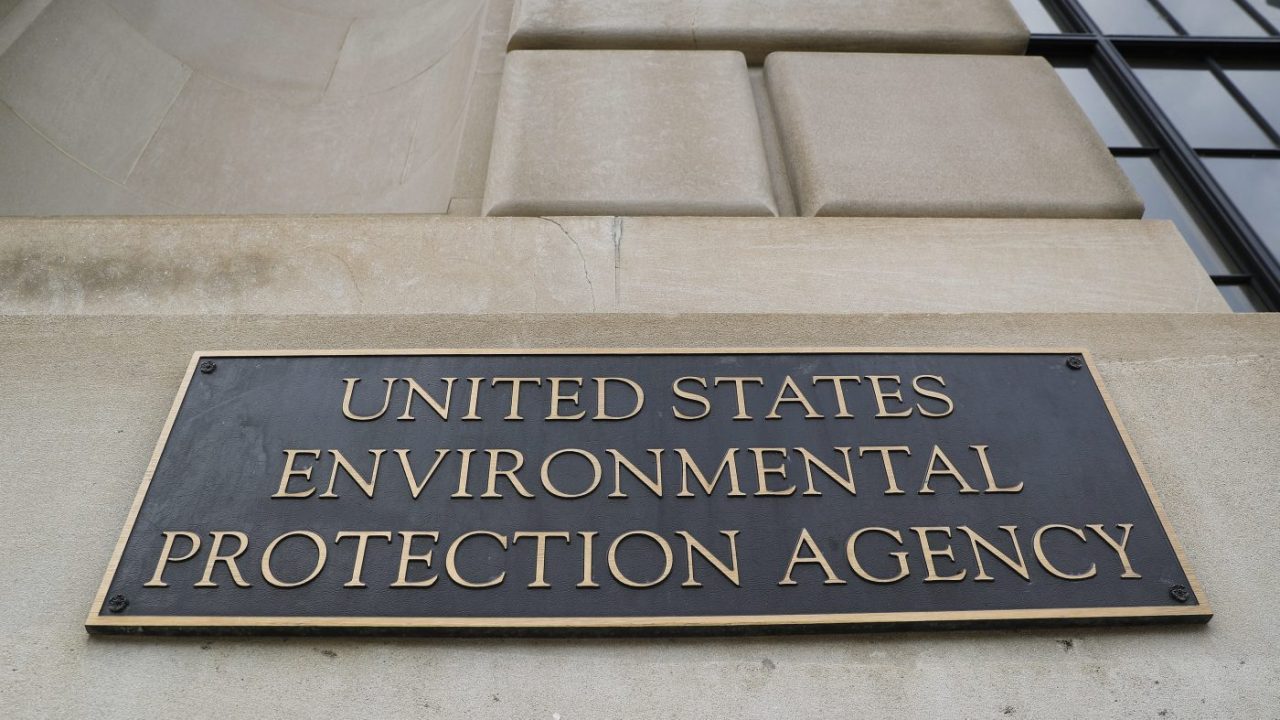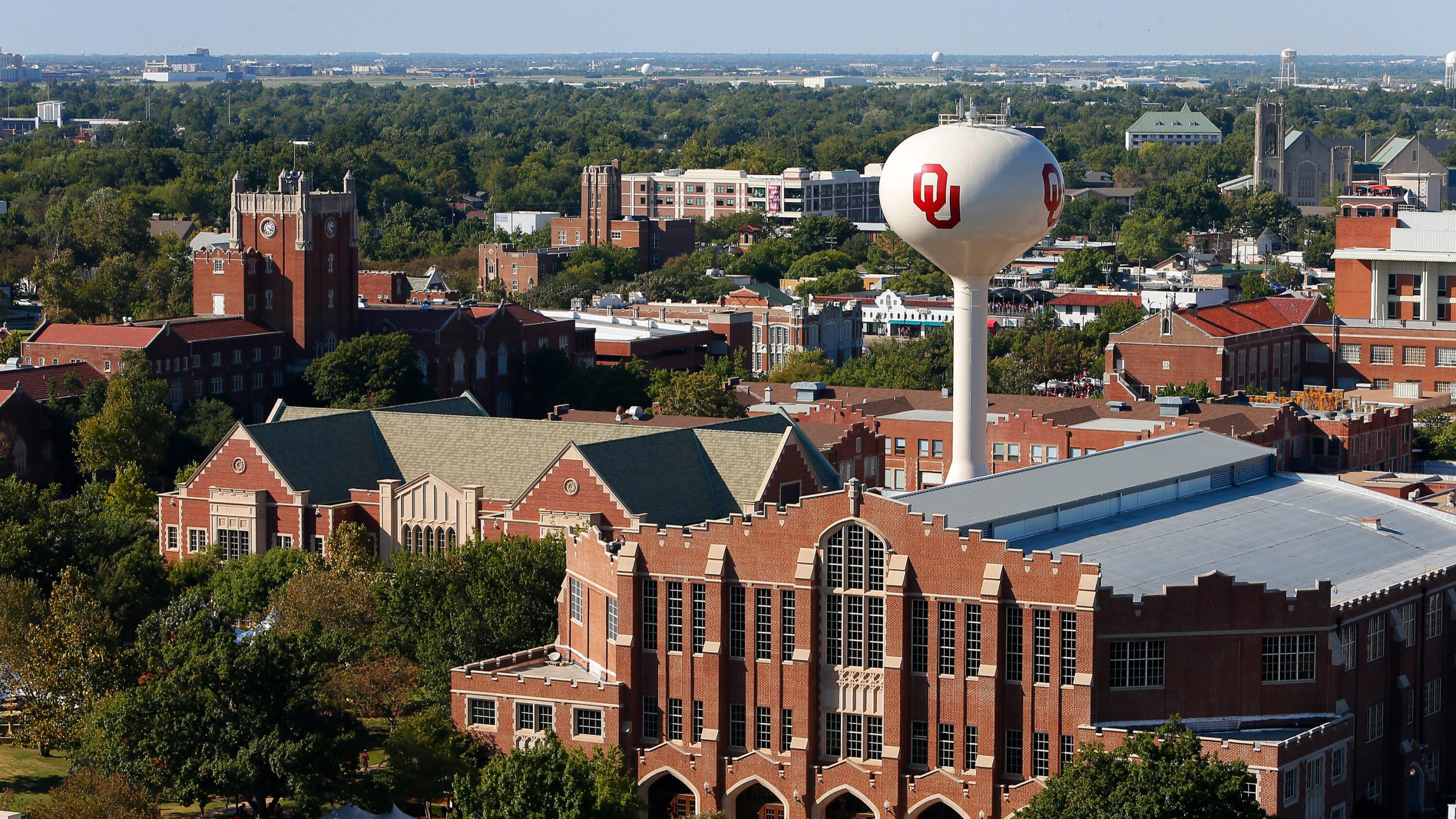Emissions of a colorless, carcinogenic gas produced by facilities that sterilize medical equipment disproportionately affect low-income and minority neighborhoods but pose a risk to more than 14 million Americans, according to a report released Tuesday by the Union of Concerned Scientists.
Ethylene oxide is largely produced by commercial sterilizers, which tend to be located in buildings that do not look like the average American’s image of large industrial facilities, to the point that people are often unaware they share a neighborhood with them, according to Darya Minovi, a senior researcher with the group and the report’s author.
“That’s particularly the case with commercial sterilizers. It might not necessarily be the case with some of the larger chemical manufacturing facilities that emit ethylene oxide and also a number of other substances, but commercial sterilizers often just look like large warehouses,” she told The Hill in an interview. “They don’t have very large stacks, it’s not clear what’s going on inside the facility, and ethylene oxide is of course, a colorless gas, so you might not even be aware that it’s being emitted.”
Compounding the issue, she noted, many of the emissions are so-called fugitive emissions, those produced unintentionally through leaking valves or equipment.
Of 104 facilities analyzed by the group, about 14.2 million people live within five miles of one, and there are 10,000 schools and child care facilities within the same radius. Those near child care facilities, Minovi noted, pose a particular hazard because ethylene oxide “is a mutagen, meaning that breathing it can damage your cells’ DNA, and kids’ cells are dividing more rapidly than adults’ do,” she said.
The report identified a total of 12 communities as sterilizer hot spots, or those where residents are exposed to at least two commercial sterilizers within 10 miles. On average, residents who are people of color, low-income and do not speak English as their first language had higher exposure within five miles than the U.S. average.
Minovi also pointed to what she called particularly egregious conditions in Puerto Rico, which has seven total commercial sterilizers within five miles of a total of 413,000 people, more than one-tenth of the island’s population. The only U.S. states with more commercial sterilizers are California and Texas, which are the nation’s two most populous states, compared to Puerto Rico’s population of just over 3 million.
A forthcoming Environmental Protection Agency rule, expected this month, is projected to reduce the allowable emissions from commercial sterilizers. However, Minovi noted, this will regulate only part of the problem.
“This is just one class of facilities that emit ethylene oxide,” she said. “There are six or seven other types of facilities that emit ethylene oxide that still need updated standards,” such as hospital sterilizers and miscellaneous organic chemical manufacturing plants.
Thehill
Tags:carcinogenic gas




